I have hit a roadblock trying to think through how I might write the VBA code that counts the number of unique order numbers and and whether the order status is open or closed for each salesperson.
I am working on writing the VBA that would affect Sheet2. I need the VBA to loop through Sheets("Sheet2").Range("A:A") and (1) lookup the name in Sheet1; (2a) count the unique order numbers that correspond with the salesperson's name and are "Open" and (2b) count the unique order numbers that correspond with the salesperson's name and are "Closed". I have designed "?"s for the values I am looking to calculate with the macro and included the answer numbers.
Any help is greatly appreciated. Please let me know if I can clarify anything.
Sheet1 - Orders

Sheet2 - Orders Summary
A B C
1 **Name** **Count-Uniq Open Orders** **Count-Uniq Closed Orders**
2 John ? (answer: 2) ? (answer: 0)
3 Ben ? (answer: 1) ? (answer: 1)
4 Fred ? (answer: 1) ? (answer: 0)